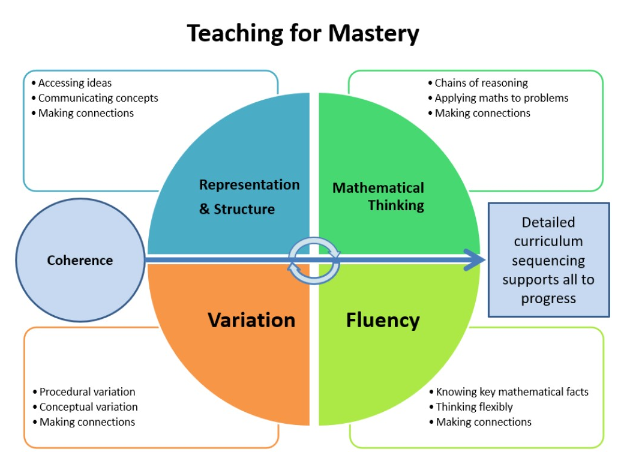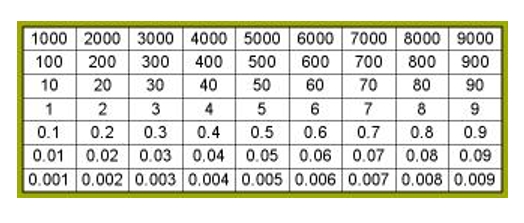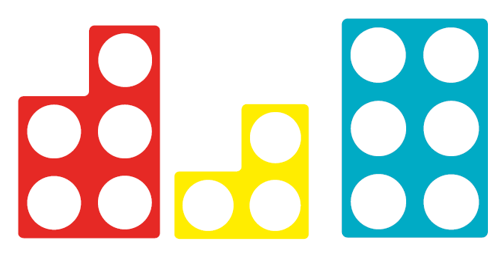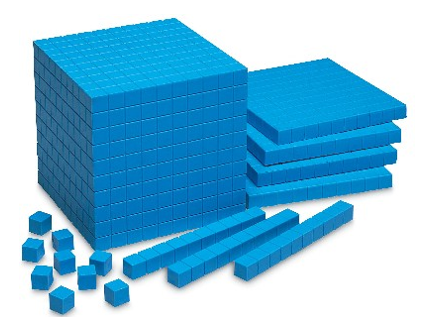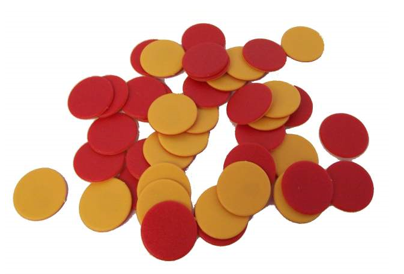Mathematics
Opening the Mansfield GATE through Maths:
We generate motivated learners by making their maths learning experiences enjoyable, stimulating and suitably challenging, and encourage all children to participate.
Children aspire so that they are motivated to fulfil their potential, and it is our role to ensure that we provide a varied maths curriculum where children understand that number can unlock endless possibilities.
We work together by giving all children the opportunity to use talk partners where they develop independence, cooperation and critical thinking
Children enquire by developing their conceptual understanding of mathematics through a range of practical, investigative and written work.
Intent - Implementation - Impact
At Mansfield Primary Academy there is a buzz about maths. All children believe in themselves as mathematicians. They will see mistakes as a valuable tool for learning and develop resilience to say I can’t do that ‘yet’. Working in mixed ability pairs, our children understand that if they deeply understand something they will be able to explain it to someone else. MPA children can see the world through someone else’s eyes; they use different methods to solve problems and are able to evaluate the most efficient. Concrete apparatus supports understanding and develops high-level explanations of children’s thinking. All lessons follow the concrete, pictorial, abstract approach and lessons are carefully scaffolded into a series of steps each designed to move children’s understanding forwards. Workbooks allow teachers to assess learning and immediate intervention is in place to support those who need it. We are all on the same journey and every lesson starts this way, some children take this journey deeper and this is evidenced in their journals. Mistakes are part of this learning journey and help us to learn and grow as mathematicians deepening our understanding. Number fluency is taught separately to our main maths lesson, our children know their number bonds and x tables off by heart allowing them to free their minds to concentrate on more difficult mathematical concepts.
EYFS
In EYFS we follow a Mastery style approach. Children are split into small groups of 5/6 for teacher led input time. This is talk based using 'White Rose' maths scheme.
Years 1-6
We base our main maths lessons around the long term plans of the ‘ White Rose Hub’ scheme, which we some substitute with other resources for the needs of our children. Others resources include NCTEM amount others. Number fluency lessons are delivered everyday designed to improve and consolidate children’s number fact fluency skills.
Lesson structure and design
The learning journey
- Each lesson has a very tight focus.
- All children start at the same point.
- Some take learning deeper.
- Some go even deeper still - mastery with greater depth
- All children remain on the same journey
Lesson Structure.
- Flash back (retrieval of prior learning)
- Teacher led/talk partners (30 minutes)
- Independent practice (30 minutes)
Practice to support number fact fluency e.g. number bonds, x tables, algorithms is taught separately.
Talk partners.
- Mixed ability.
- Think carefully about dynamics of pairings.
- Teach children what a good talk partner is/is not.
- Teacher models accurate use of mathematical language.
- Children answer in full sentences.
- Stem sentences are used to support children’s explanations
- Rapid graspers need to understand the levels of understanding- if you really understand deeply you can explain to someone else.
Cognitive Domain
Depth of Understanding
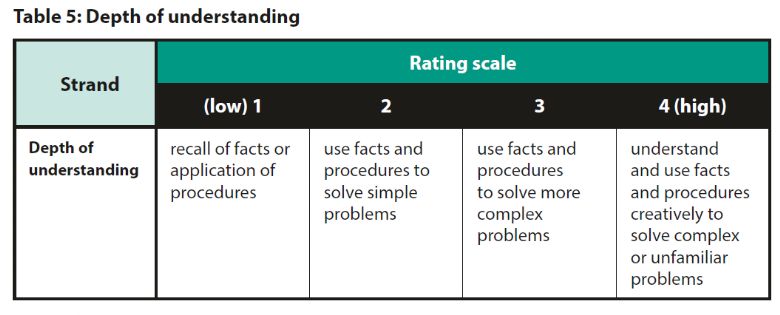
Resources and Representations of Mathematics
Resources used to help build concepts
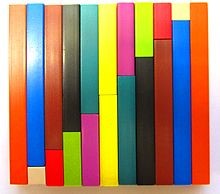

Resources and
Representations of Mathematics
- Resources for all children
- Scaffold learning when children are struggling.
- Support greater depth of thinking and explanation, allowing children to take their learning deeper.
Lesson design
- Learning centred around problem-solving (this is our In Focus task)
- Steps in learning demonstrated in lets learn.
- Create series of mini-challenges for talk partners to investigate.
- Feed back to class at each step in learning.
- Create working wall.
Think about:
- What exactly do you want the children to learn - this becomes our stem sentence. (Display, repeat throughout lesson)
- Teacher questioning at each step.
- Build challenge and depth into each stage.
Variation
- Step-by-step journey through maths
- What stays the same, what is different
- How does this draw out the intended learning.
- Very Important to understand the variation in your lessons.
Mastery and Depth
Mastery
To be able to use mathematical concepts, facts and procedures appropriately, flexibly and fluently.
To use reasoning both to explain known mathematical concepts and procedures and to use them to solve problems.
All children are entitled to think this deeply about the maths - but some will go even deeper!
Journaling.
- Independent
- Steps to success mirror and extend learning surrounding In Focus.
- Achievable for all.
- Some children will take this deeper.
Not all children will achieve this in every lesson - each child’s journey is different.
Mastery with greater depth
To solve non-routine problems (i.e. where the approach is not immediately obvious) demonstrating creativity and imagination.
To explore and investigate mathematical contexts and structures, to communicate results clearly and systematically and to explain, generalise and prove results.
Mastery: The Big Five Ideas
As a school, to encourage mastery, we use the Big Five Ideas from NCETM which are the fundamental characteristics that underpin teaching for mastery.
